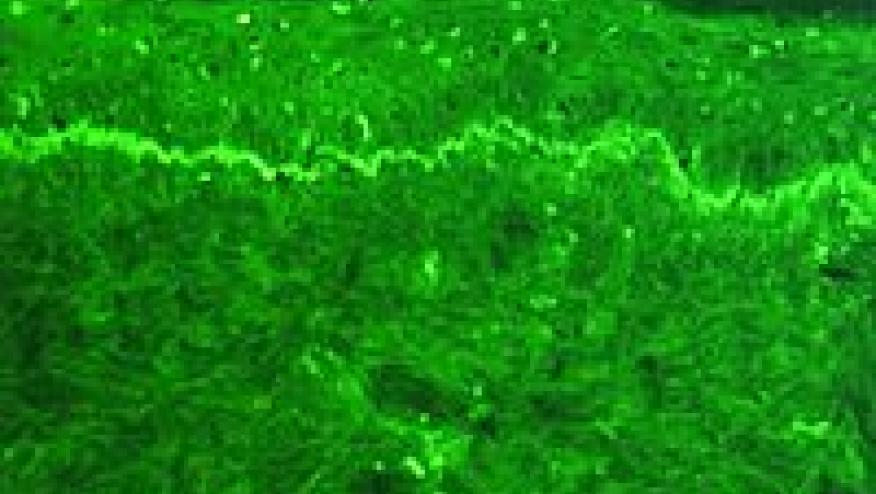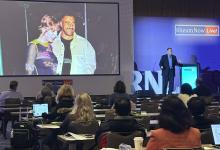Managing Secondary Non-Response to Rituximab in Lupus Save

Rituximab, a chimeric anti-CD20 monoclonal antibody, has been effectively used in the treatment of multiple autoimmune disorders for over two decades.
But the response to rituximab has been shown to not be as effective in SLE as it is in RA. This discrepancy is believed to be attributed to production of pathogenic lupus antibodies produced by long-lived plasma cells and reduced effector activity resulting from interaction with FcgRIIb.
Although in majority of the cases retreatment with rituximab is effective there are cases of lupus patient who lost response to rituximab over time. In those cases patient presented with clinical non-response during retreatment, failure to deplete CD20+ B cells and severe infusion reactions after the second infusion of the repeat cycle.
This prospective 12-year study aimed to assess predictors of primary and secondary non-response to rituximab in SLE and to evaluate management of secondary non-depletion non-response (2NDNR) using alternative anti-CD20 agents.
125 lupus patient who met revised 1997 ACR classification criteria for SLE and were treated with rituximab were prospectively observed between 2004 and 2016.
Clinical response was measured as improvement of BILAG from grade A/B to grade C and no grade A/B flares. Peripheral blood B sell subsets were measured by HSFC (depletion defined as counts<0.0001X109/L) along with dsDNA antibodies by ELISA and anti-rituximab antibodies ( >140 AU/mL considered positive).
318 cycles of rituximab were administered in this study with overall good clinical response: 50% of patients experienced major clinical response, 32% partial clinical response and 18% were non-responders.
In the responder group, only younger age was associated with major clinical response to rituximab (OR 0.97, 95% CI 0.95 to 0.99; p=0.031).
Complete post-rituximab B cell depletion was associated with normal complement levels and lower pre-infusion plasmablasts. There was no difference in the serious infections rates between complete and incomplete depletion groups.
In patients who did not respond well to repeat cycles of rituximab (2NDNR group), 5/5 patient (100%) tested positive for anti-rituximab antibodies.
Risk factors for 2NDNR were lack of concomitant immunosuppressant (P=0.023) and higher pre-rituximab plasmablasts (p <0.001).
Five 2NDNR patients were switched to humanized anti-CD20 antibodies (3=ocrelizumab and 2=ofatumumab), which lead to completed CD20+ cell depletion in 4 out of 5 patients. One patient had substantially low counts (0.0016X109/L).
In summary, the study concluded that 1 out of 8 SLE patients will lose CD20+ depletion on repeat rituximab cycles regardless of prior response. Secondary non-response is associated with anti-rituximab antibodies and high pre-infusion plasmablasts levels, and can be prevented by concomitant use of oral immunosuppressants. In case of 2NDNR, alternative humanized anti-CD20 antibodies may be used effectively.







If you are a health practitioner, you may Login/Register to comment.
Due to the nature of these comment forums, only health practitioners are allowed to comment at this time.